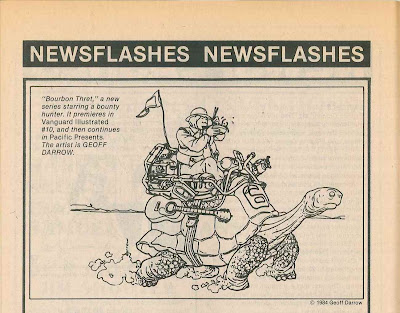Well, last
night I just finished reorganizing my Marvel Comics collection. There are still a few stragglers that need to
be filed, but after more than three months of highly sporadic effort and a
final eight hour push, I think it is good enough. I’m quite pleased with the results and I
think my new system is quite revolutionary.
You might even say I’ve placed convention on its end…literally. Now, my system isn’t totally original in that
I synthesized several approaches that I saw at this year’s Baltimore Comic-Con
into something unique and personal.
One of my
primary goals was to divide up my collection by “Ages”. If you’re even a casual collector (or eBay
buyer or seller), you should know of the Golden, Silver, Bronze, Copper, and
Modern ages that comics are categorized under.
Breaking up your collection by fixed time has the benefit of grouping like
value books together. It also means that
unless you get an influx of back issues, your boxes will remain static. (Translation: I’ll never have to do this
again!!!) And when you do add to
those boxes, you’ll have a smaller number to deal with, instead of moving
through all of them you may only impact four boxes, instead of twenty. It will also help you read your back issues
with that cross-over title now being much closer.
Another
change was to put my books in reverse order, meaning the earlier issues went
into the back of the box instead of the front.
One of the nice things about this approach was that when you stacked your
books into the box, you could always see the previous cover, instead of the back
of the book. (Who wants to see the Orca Advertisement fifty times?) And I do mean “stacked”. One of the things I hate is when comics slide
down when you’re putting them into the box, causing unwanted spine
creases. I put the boxes on end and lay the
issues down flat. When you do have the
box in the normal position, you can easily finger backwards through the
particular title. Technically, the books
are now in bookshelf order within the box if that helps you accept the idea
better. I really thought it was a nifty concept
and I wanted to do something different anyway.
It also ensured that I handled each book individually, separating long
married Mylar partners. I liked the
stacked system so much that I decided to keep my boxes in that orientation,
which really helps the ones that aren’t completely full. So, now my collection looks like Mega-City
One.
Now, there is
some debate as to when some of the later comic book ages actually begin or end,
but generally there is a consensus that Showcase
#4 (Oct 1956) with the first appearance of the “new” Flash (Barry Allen) marks
the beginning of the Silver Age. Of
course, that’s DC and I’m focusing on Marvel right now and the “Marvel Age” of
Lee/Kirby didn’t even begin until 1961 with the first issue of the Fantastic Four. For the most part I found these ages to be
too long, so I developed my own sub-categories, which I’ll explain in detail
below.
Here’s where
it gets personal. When I researched some
sites to determine the beginning of the Bronze Age most were saying 1970, which
happens to be the year that I was born. And
the Copper Age seemed to begin in 1984.
That’s 14 long years for the Bronze Age, but if you split that in two
you get 1977 – the year I started to collect comics. That was too serendipitous to ignore. So, I decided to use an approximate seven
year time frame (and seven is viewed as a
complete or perfect number in the Bible) for each of my sub-ages and
associated it with my own timeline and/or key Marvel Comics events, using both
month and year:
1956-1963 Early Silver: I don’t have any of these anymore!
1963-1970 Late Silver:
1970-1977 Early Bronze: Starts
with the Jul 1970 issues – on the
stands the month I was born (May 1970)
1977-1984 Late Bronze: Starts
with the Jun 1977 issues – on the
stands when I started collecting (Mar/Apr 1977) and ends with the Apr 1984 issues,
when the heroes enter the Secret Wars structure within Central Park.
1984-1991 Copper: Starts with the May
1984 issues (with a few exceptions) – first issue following Secret Wars
1991-1998 Early Modern: Starts with Apr
1991 (give or take a month) – first Carnage appearance
1998-2005 Middle Modern: Starts
with Feb 1998 – first issue of
Heroes Return.
2005-2012 Late Modern: Starts
with Jan 2005 – first issue of Brubaker’s
Captain America run.
2012-today Marvel NOW!
It’s amazing
how well that worked out and I even managed to divide up the overly long Modern
Age to boot (something Jim once complained about). While I mentioned only a few key “events” in
the listing above, it’s really cool to delve a little deeper into what was
going on at the beginning or end of a particular age. I hope to discuss that sometime in the near future.
One more
thing I should mention, I’ve separated out any Film or TV related title like Logan’s Run, Star Wars, or Indiana Jones. I also have my horror, western, and MC2 (Spider-Girl and Untold Tales of Spider-Man) books in their own piles or boxes.
Happy [back
issue] Reading and Happy New Year!!!




+PlayBill_2013-11-08.jpg)





























